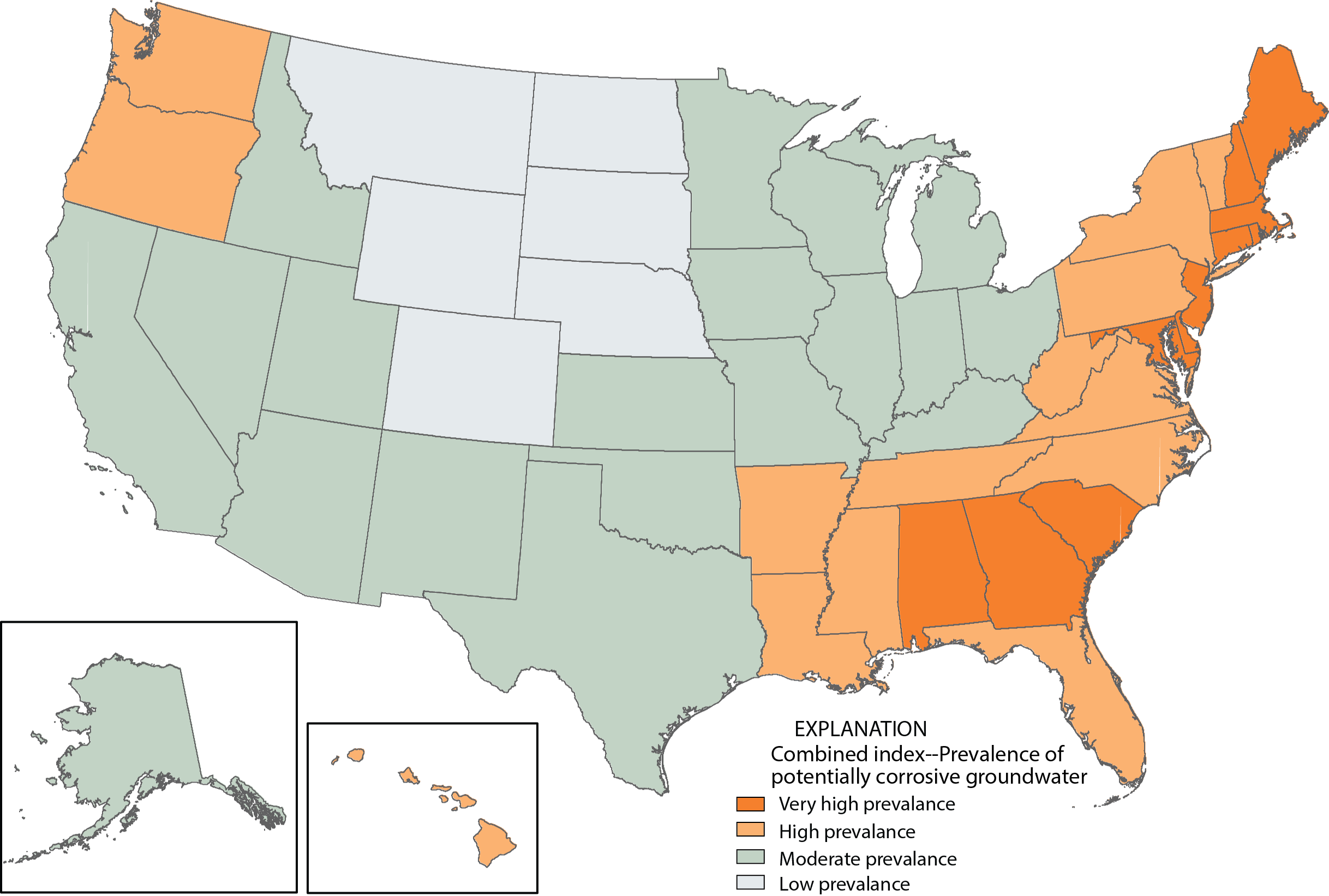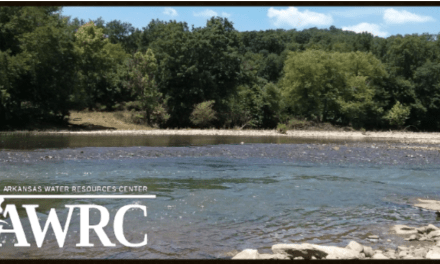
New Study Shows High Potential for Groundwater to be Corrosive in Half of U.S. States

By US Geological Survey
A new U.S. Geological Survey assessment of more than 20,000 wells nationwide shows that untreated groundwater in 25 states has a high prevalence of being potentially corrosive. The states with the largest percentage of wells with potentially corrosive groundwater are located primarily in the Northeast, the Southeast, and the Northwest.
This report is unrelated to the drinking water problems experienced in Flint, Michigan. The problems in Flint were related to treated surface-water from the Flint River, whereas this report focuses on untreated groundwater nationwide.
Two indicators of potential corrosivity were combined to determine that corrosive groundwater occurs in all 50 states and the District of Columbia. Corrosive groundwater, if untreated, can dissolve lead and other metals from pipes and plumbing fixtures.
“The corrosivity of untreated groundwater is only one of several factors that may affect the quality of household drinking water at the tap,” said Don Cline, USGS associate director for Water. “Nevertheless, it is an essential factor that should be carefully considered in testing for water quality in both public and private supplies nationwide.”
Public water supplies are regulated by the U.S. EPA, but maintenance, testing and treatment of private water supplies are the sole responsibility of the homeowner. About 44 million people in the U.S. get their drinking water from private wells, yet surveys indicate many homeowners are unaware of some basic testing that should be done to help ensure safe drinking water in the home.















